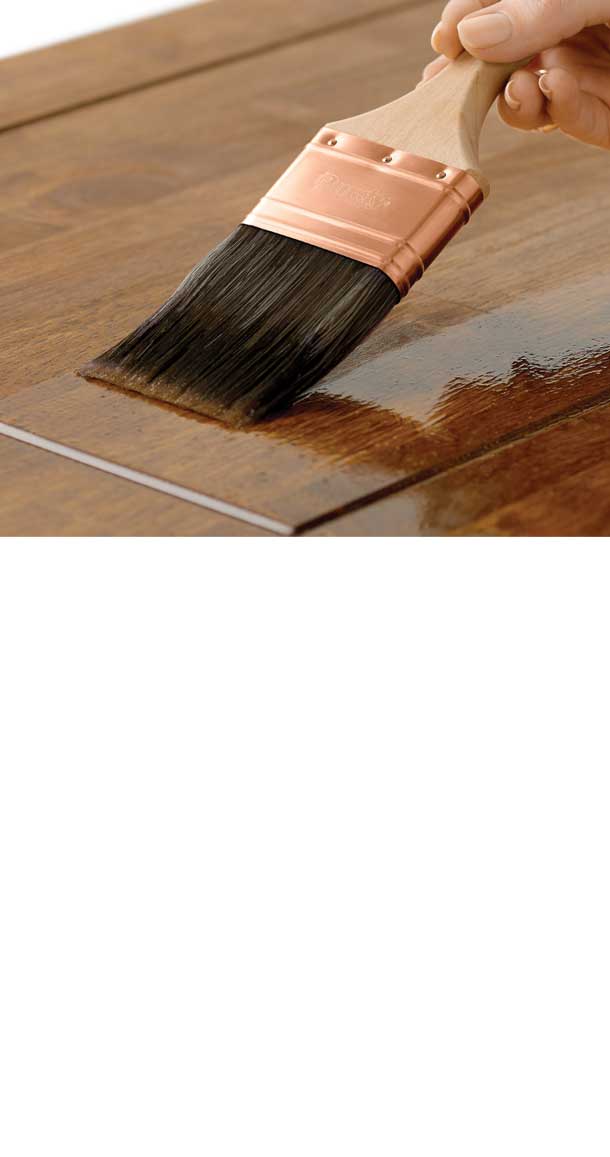HOW-TO
Apply Clear Protective Wood Finish
Protect your project and keep it looking beautiful for years to come.

HOW-TO
Apply Clear Protective Wood Finish
Protect your project and keep it looking beautiful for years to come.
HOW-TO
Protect your project and keep it looking beautiful for years to come.

HOW-TO
Protect your project and keep it looking beautiful for years to come.